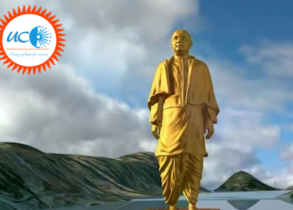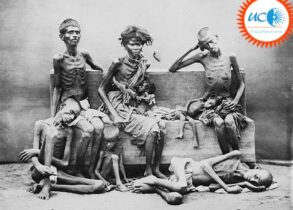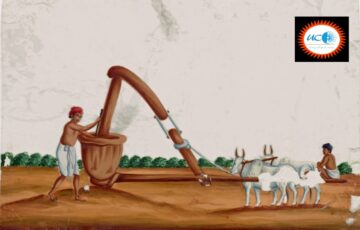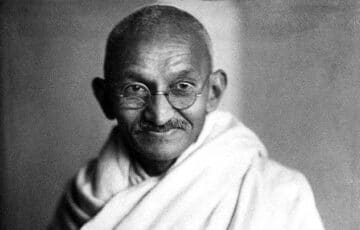In the period after 1919-20, the influence of Indian capitalist class over the nationalist movement progressively increased due to various reasons. Discuss. (150 words) 10
Approach:
- Briefly state the response of the capitalists regarding mass civil disobedience movements in India over time.
- Discuss the reasons for increase in the influence of the Indian capitalist class over the nationalist movement in the period after 1919-20.
- Conclude on the basis of the above points.
Answer:
Due to the formation of an independent capital basis and a growing social base in the middle of the 19th century, the Indian capitalist class experienced significant expansion. The capitalist class first opposed mass disobedience activities out of concern that the working class would become radicalised and out of a desire to maintain good relations with the British government. However, Gandhiji’s entrance and his nonviolent tactics gave people peace of mind regarding any political radicalism. Gandhiji’s good relationships with industrialists like Jamnalal Bajaj and GD Birla drew the corporate class closer to the nationalist movement. Factors contributing to the Indian capitalist class’s rising sway in the years following 1919–20 include:
- Arrival of Gandhiji: The Indian National Congress (INC) came under the influence of Gandhiji’s leadership in 1919-20. It had the following impacts:
o Gandhi’s support to ‘Swadeshi’ at the Calcutta Session, 1920 gave impetus to Indian
industries and allayed fear about Gandhiji’s opposition to modern machinery.
o Gandhiji’s ideas of class harmony and trusteeship appealed to the industrialists. While
trusteeship theory legitimized wealth, the idea of social harmony created defence against
the working-class movement.
o The mass movements organized under Gandhiji’s leadership acted as a ‘pressure valve’ away from labourer’s discontent.
- Role of the INC: The mass movements under INC became means for the capitalists to secure demands from the British government such as trade protection, favourable exchange ratio etc.
- Economic conditions: Wartime boom collapsed in 1921-22 and the deteriorating economic conditions brought the Indian business community closer to the Indian national movement.
- Rivalry between Indian and British businessmen: British capitalists were against the
government granting concessions to their Indian counterparts. In 1921, they formed an apex body ASSOCHAM to protect their interests. In response, Indian capitalists formed FICCI in 1927, with Purushottam Thakurdas at its helm.
- Biasness of the government: The government started giving preference to the Lancashire lobby in the cotton trade. This irked the Indian capitalists and the likes of GD Birla and Thakurdas resigned from the Legislative Assembly.
- Constitutionalism: Business groups preferred ‘pressure group politics’ over mass movements. Therefore, after the Non-Cooperation Movement was withdrawn, the representatives of Indian business started supporting Swarajists in the Legislative Assembly on various national economic issues.
In 1930, FICCI advised its members to boycott the Round Table Conferences without Gandhiji’s participation. They also participated in the economic planning process initiated by the Socialists under INC. Some of them were members of the National Planning Committee, 1938 formed under Subhas Bose. Later in 1944, they drafted the ‘Bombay Plan’, for economic development in India
post-independence. Thus, the capitalists recognized the increasing importance of the freedom movement and worked alongside the INC to put up a united front while negotiating with the British government.








